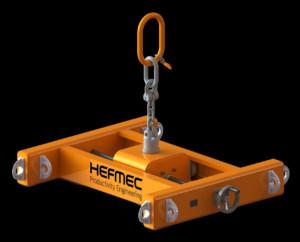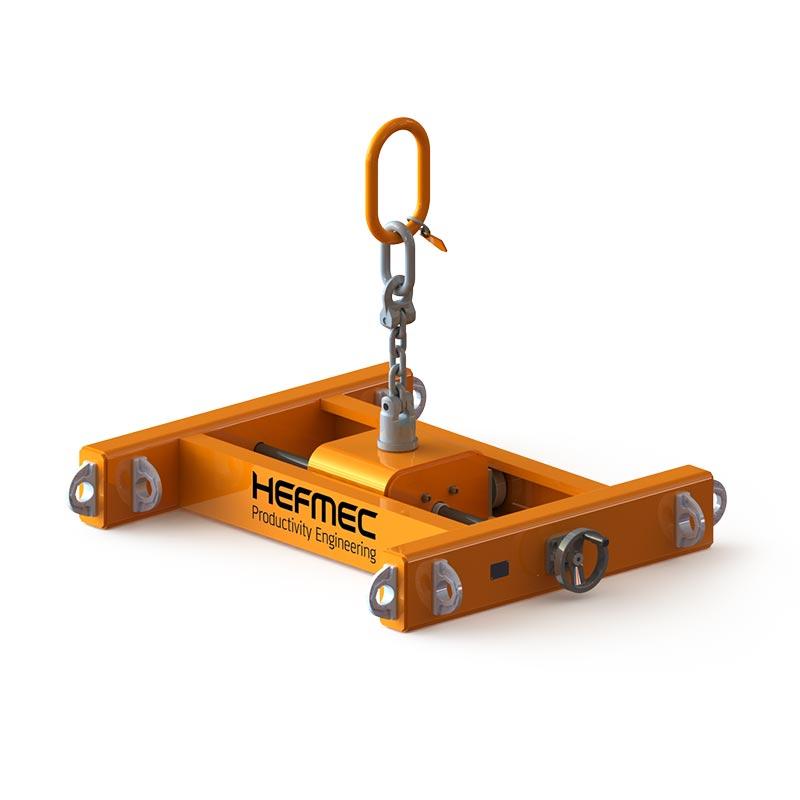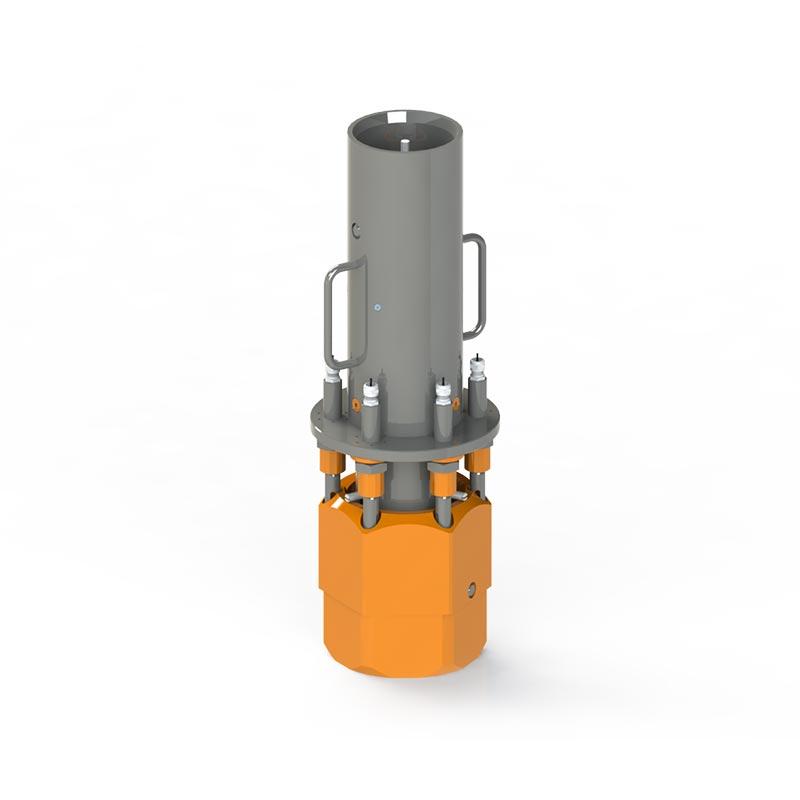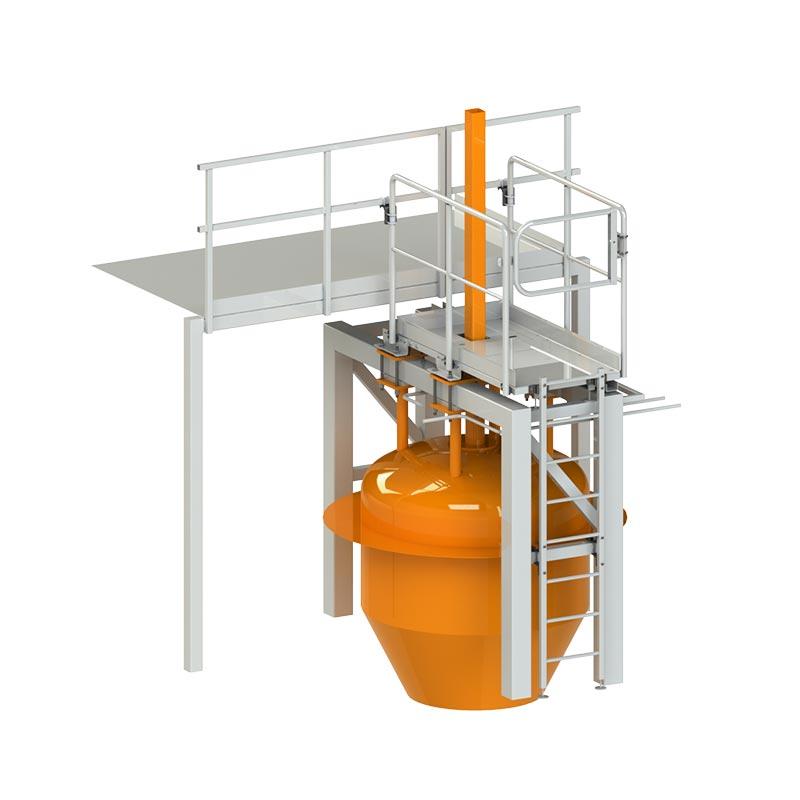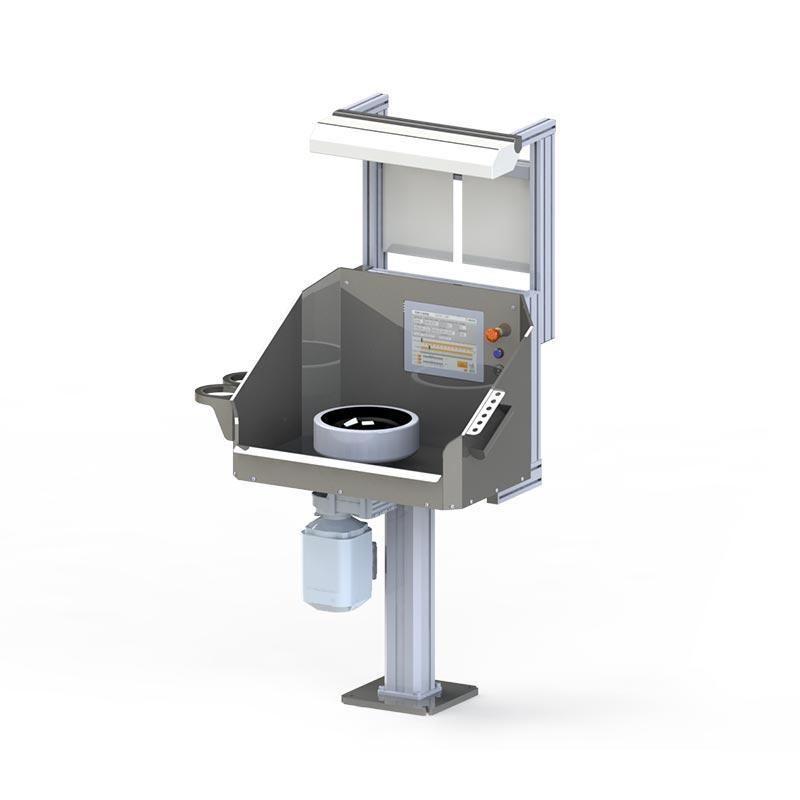Understand the basics of strength calculation
Structural analysis is an important part of engineering and structural design. It involves analysing the durability and strength of structures and materials to ensure that they can withstand the loads and stresses to which they are subjected. Strength calculations help you determine how structures will behave under different conditions, such as load, temperature or other environmental factors.
Why is this so important? Understanding how a material reacts to different forces allows you to design safe, sustainable and cost-effective solutions. This will save you time, money and potential safety risks later on.
The strength calculation can be done by several different methods. Traditional calculation formulae work for simpler cases, but modern computer-aided simulations such as Finite Element Method (FEM) analysis allow more accurate and efficient analysis of complex structures. Using these advanced techniques, you get accurate results that help you make the right decisions for your projects.
The importance of strength calculation in product development
During product development, strength calculation is an important step that significantly improves product safety and efficiency. By analysing the strength and durability of structures at the design stage, you avoid potential design errors that could lead to product failure or safety risks later on.
This proactive approach will save you not only time but also resources. Your product development process will run more smoothly without unnecessary delays or revisions. You can focus on innovation instead of having to fix problems after the fact.
In addition, strength calculation enables the development of innovative solutions that improve product functionality and competitiveness. For example, lighter yet durable materials or structures optimised to precisely match the operating conditions are often the result of careful strength calculation.
By working with experts, you can ensure that your project benefits from the best possible strength calculation practices. This means you get not only technically accurate results, but also cost-effective solutions.
Cost savings and risk management
Reliability calculation brings significant business benefits, especially in terms of cost savings and risk management. By analysing the durability of structures in advance, you avoid additional costs due to failure of structures or additional repairs.
This preventive approach also reduces the risk of production downtime and ensures that your products or structures are immediately ready for use and safe. By knowing in advance how materials and structures will behave, you can plan your production process more efficiently.
With risk assessment and careful planning, you can also prevent the overuse of materials. This not only saves costs, but also contributes to sustainable development. By using just the right amount of material – neither too much nor too little – you are acting both economically and environmentally responsibly.
Properly sized solutions will improve your productivity in the long term. Investing in a strength calculation at the outset will pay for itself many times over by avoiding costly repairs and redesigns.
Examples of the use of strength calculations in different sectors
Structural analysis is used in many different industries and has a wide range of applications. In the construction industry, it is essential for the design of load-bearing structures such as bridges or large buildings where safety is critical. In industry, strength calculation helps to design and optimise production equipment that can withstand continuous use and high loads.
Practical examples of strength calculation applications can be found in numerous projects. Analyses of load-bearing steel structures ensure that buildings can withstand wind and snow loads. Shock calculations of valve supports help design devices that can withstand sudden pressure changes. Strength calculations for the supports of a wind turbine maintenance facility ensure that structures can withstand both static and dynamic loads.
These projects show the wide range of ways in which strength calculation can be used to improve safety and efficiency in different industries. Each application requires a different approach, but the principles remain the same: analyse the loads, choose the right materials and ensure safety.
Our expert strength calculation services cover the entire project lifecycle, from initial analysis to the finished structure. Analyses can be started at short notice, and many products come with a lifetime guarantee. Hefmec offers just such services to help you achieve your project goals safely and efficiently. For more information about our services, visit Hefmec Strength Calculation Services.



